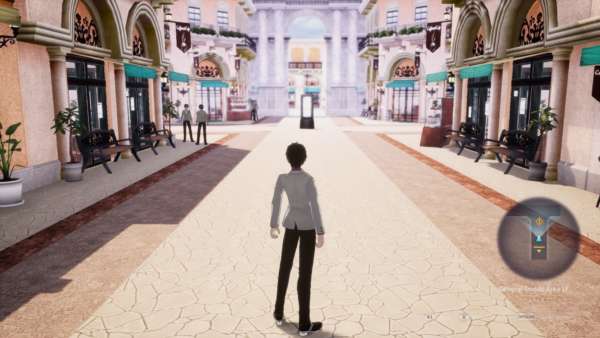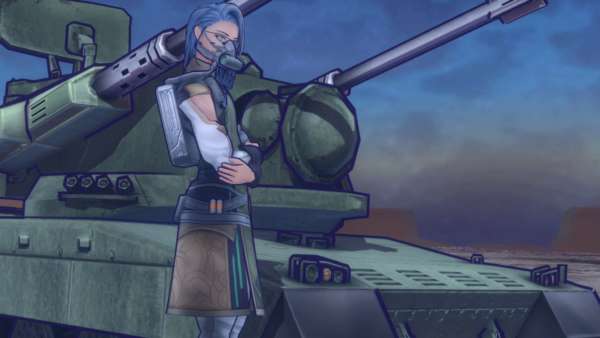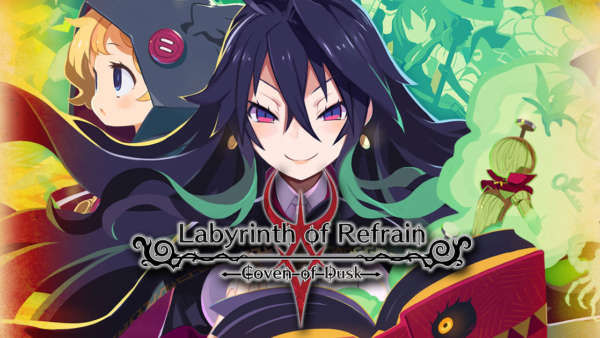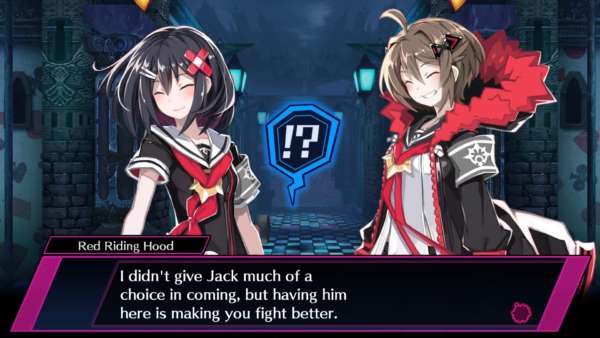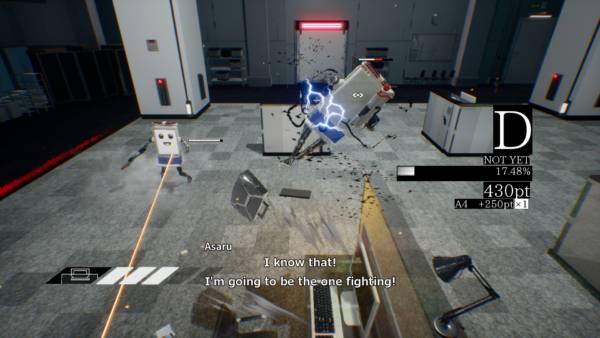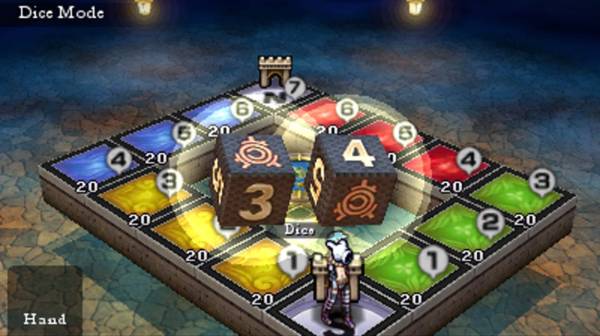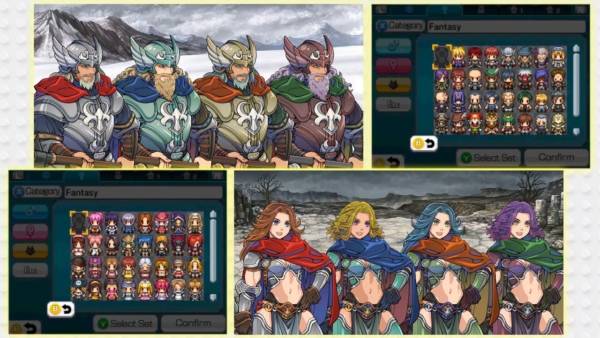Danganronpa Trigger Happy Havoc was a runaway hit for the Vita when released last year, after originally being denied an English release for the PlayStation Portable in 2011. Taking elements from many visual novel adventures such as Phoenix Wright and Professor Layton, it added a homicidal twist by including an antagonist who thrived on despair, and causing brutal punishments for murderers who were found guilty by their classmates. Fans of the game will be pleased to learn that the direct sequel to the game has just been released, named Danganronpa 2 – Goodbye Despair.
Starting at Hope’s Peak Academy, the location of the first game, Hajime Hinata and several other teenagers are transported to the mysterious Dangan Island under the supervision of Usami, a pink robot rabbit with a magic wand. Despite the cheerful settings, which deeply contrast the theme of the original, there is an underlying element of danger that makes itself known in a number of ways. If you are thinking that this game is nothing like the original, fans of the homicidal teddy bear Monokuma will be pleased to learn that the sadistic robot is alive and well. After usurping the cheerful Usami, he is determined to bring down another group of students by resuming his post as headmaster and demanding that they murder each other, so they can gain the ability to leave the island if they are proven innocent by their peers in a class trial. Inevitably, someone falls victim to the cold touch of death, so you must turn detective to find out who done it, else the killer will walk free and the rest of you will be for the chop.
If you are familiar with Trigger Happy Havoc, the controls are exactly the same, but in case you are new to the class, a tutorial will teach you everything you need to know during the prologue and beyond. Goodbye Despair’s structure retains the same free time, investigation and class trial formula but they are subtle changes to keep things interesting, such as the addition of an experience bar that increases when you walk around, gain an important piece of information or an item, or make progress in some of the mini games scattered around the island. The experience is not gained if you choose your destination from the world map, which can teach gamers an important life lesson about exercise if they choose to use their legs.
The types of students are just as varied this time round, from a yakuza acolyte, a female gamer, and a team coach with a demanding streak and more black hair on his body than a barber’s floor. Although the characters personalities are refreshingly different, their character designs suffer from the common sequel fault of lacking the variety that was shown in the first game’s cast. The story lasts about ten hours, so there are plenty of investigations and Monokuma related moments to keep you entertained, with some members of the original game popping up in unexpected places.
One feature that was a pleasant surprise was the addition of the Pet mode in the options menu. At the start of the game you are given an egg that hatches into a creature that vaguely resembles Usami. If you remember the Tamagotchi phase from the 90s, or the Chao Garden from Sonic Adventure, then you will know what to expect. In between running between in-game locations will increase your pet’s experience, you can clean up after its mess and offer it presents that you have earned in the main quest. If you manage to keep your pet’s Hope and Despair at a particular level, the creature will change accordingly, depending on how well you treat it. Although it is limited in what you can actually do with said pet, it proves to be fun in short bursts, allowing you to escape from searching for clues or incriminating a classmate to prove your innocence.
Graphically speaking, Goodbye Despair uses the same mix of anime styled backgrounds with cardboard style cut outs to represent the characters. Trigger Happy Havoc’s occasional pixelated graphics also return in the options screens, replacing the textbook anti-aliased text boxes that have become an industry standard. The anime style remains the dominant force in most of the adventure however, with the occasional blend to mix things up. Although it may not work in some genres, the two styles of art blend together fairly well, although there are some occasions where it feels unnecessary.
The soundtrack is partly recycled from the first game, with several new tracks to spice up the island holiday, such as Usami’s sickly sweet elevator tones, and the tropical high energy tunes that play during the class trial. The voice work is top notch, with only a few characters sounding more robotic than the villain. Monokuma is once again played by Brian Beacock, who some animation fans may recognise as Takato Matsuki from Digimon Tamers.
Overall, Danganronpa 2 – Goodbye Despair is an excellent adventure that retains the charm of the original, whilst adding new features such as the experience meter and the virtual pet to keep things fresh. If you didn’t like Trigger Happy Havoc, Goodbye Despair won’t change your mind about the series as it very similar in design and implementation, but if you want more chaos and despair provided by a black and white teddy bear, this game will point you in the right direction.
